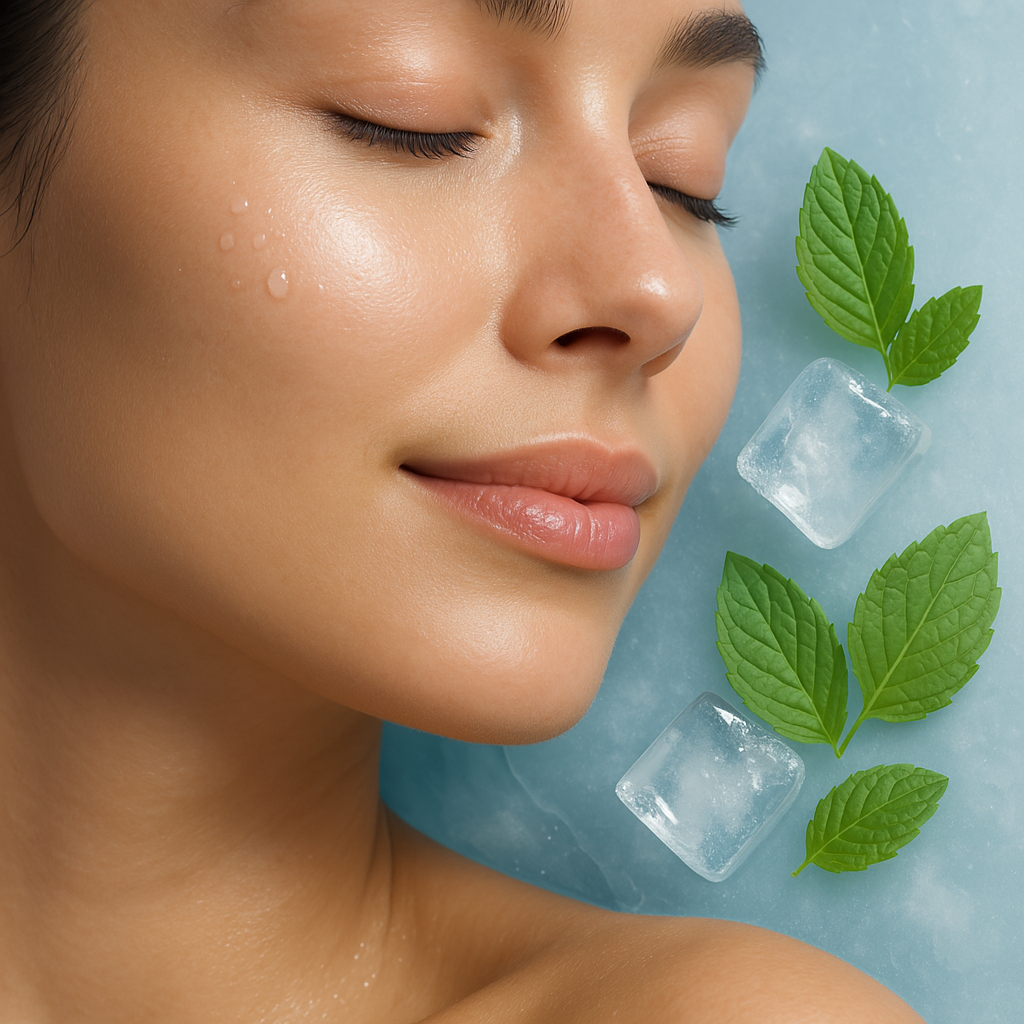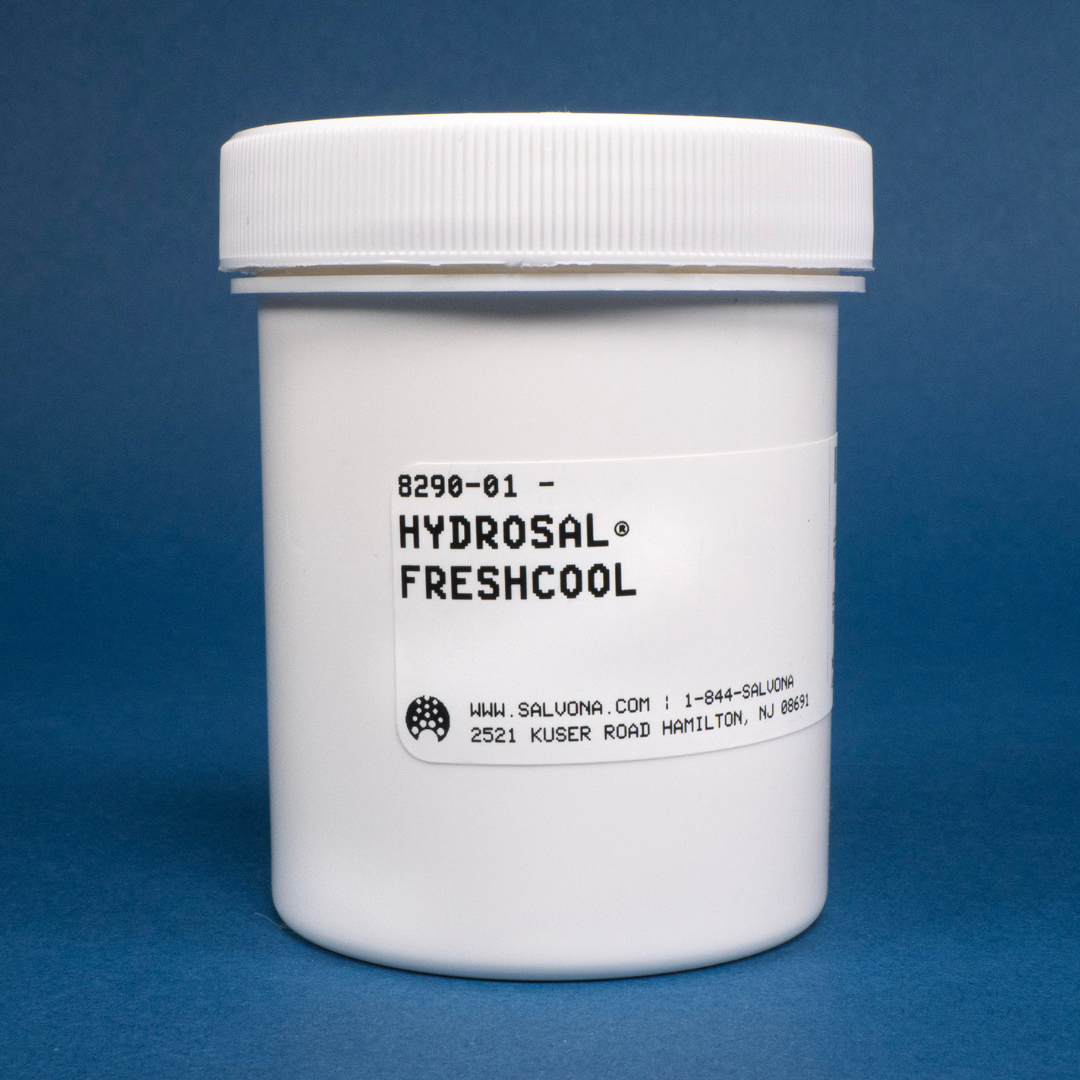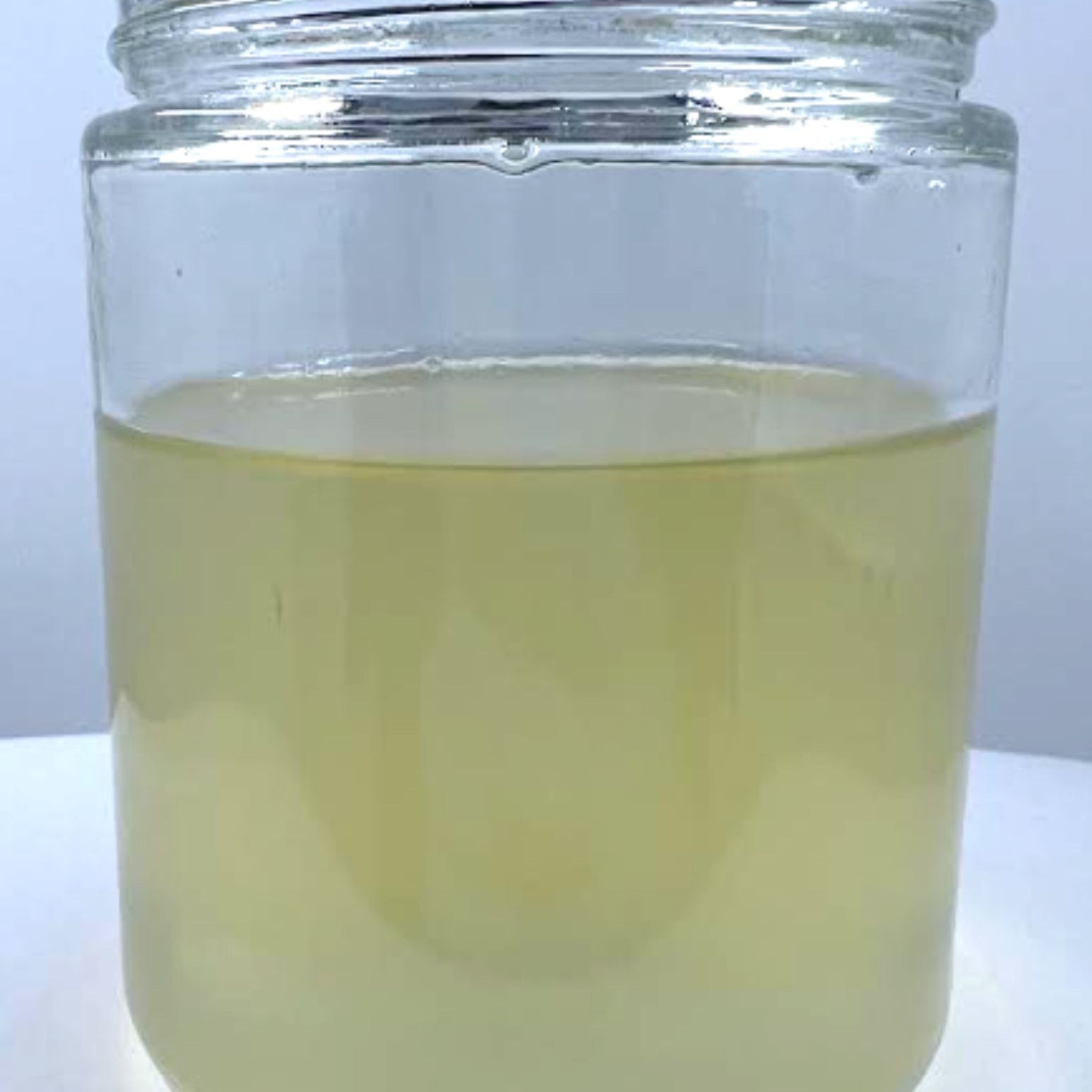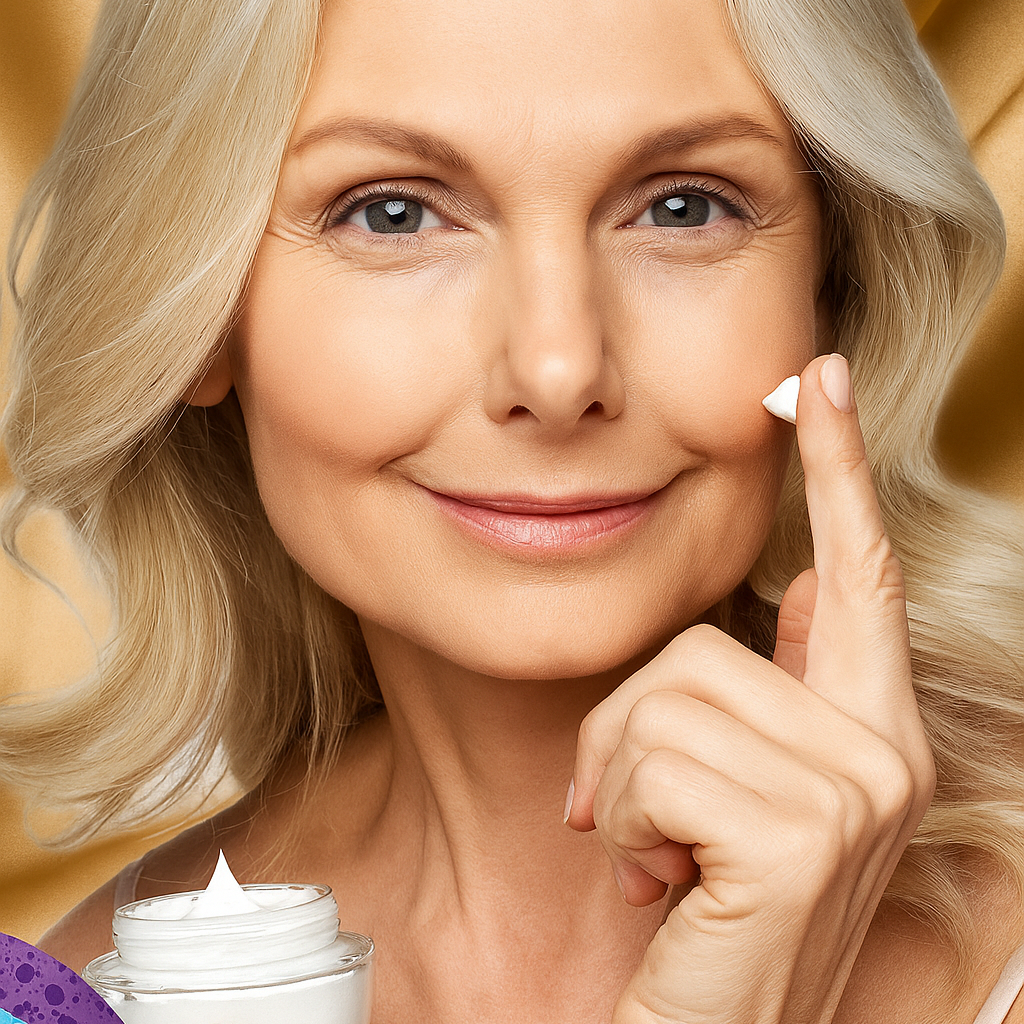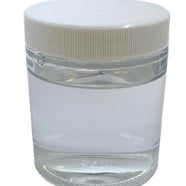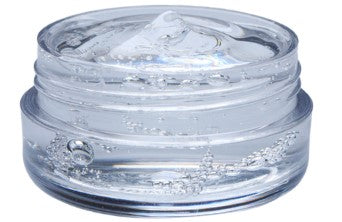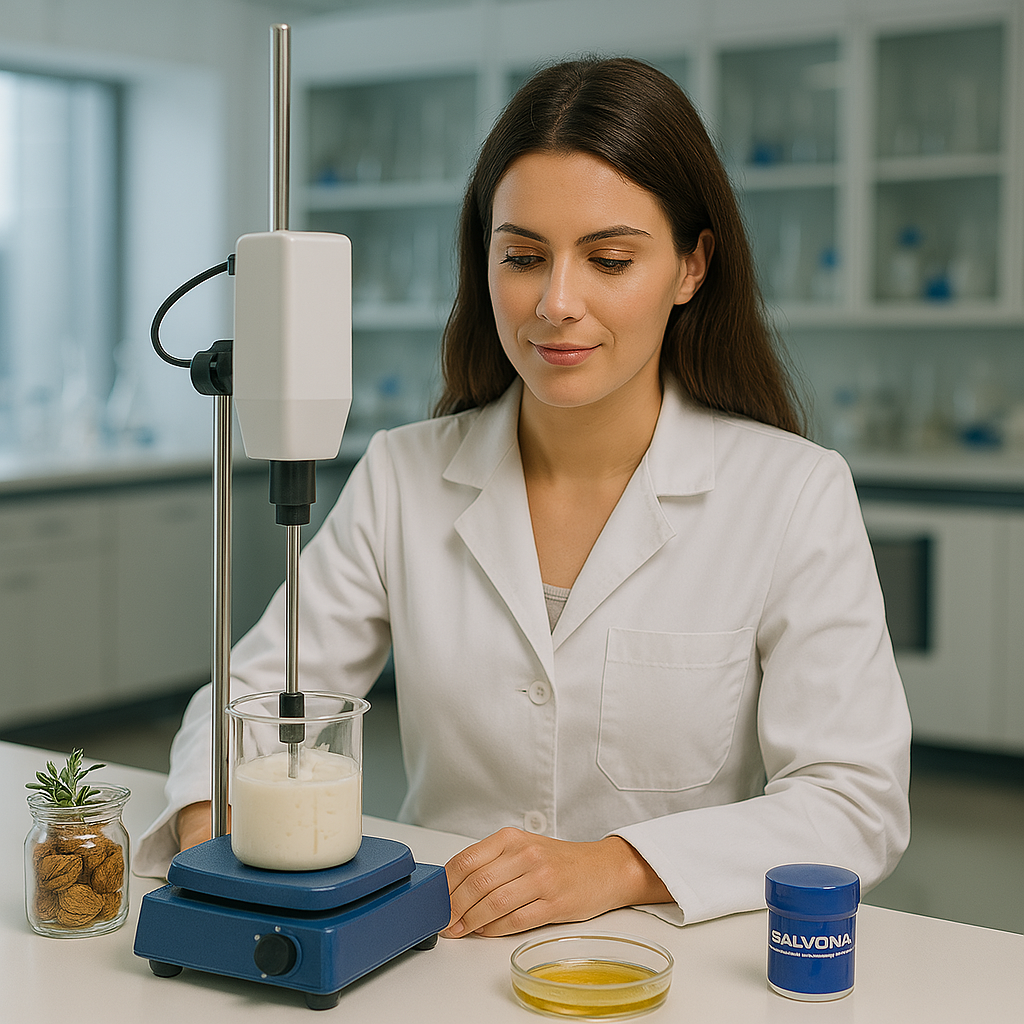
Introducing
HydroSal®
HydroSal® is Salvona’s proprietary liquid polymeric encapsulation system, engineered to optimize the performance of active ingredients in personal care formulations. Designed with both formulators and brand marketers in mind, this platform enhances product efficacy, shelf life, and sensory appeal—all while offering powerful consumer-facing benefits.
Advanced Delivery Systems for Smarter Skincare
HydroSal® Technologies ready to use today.
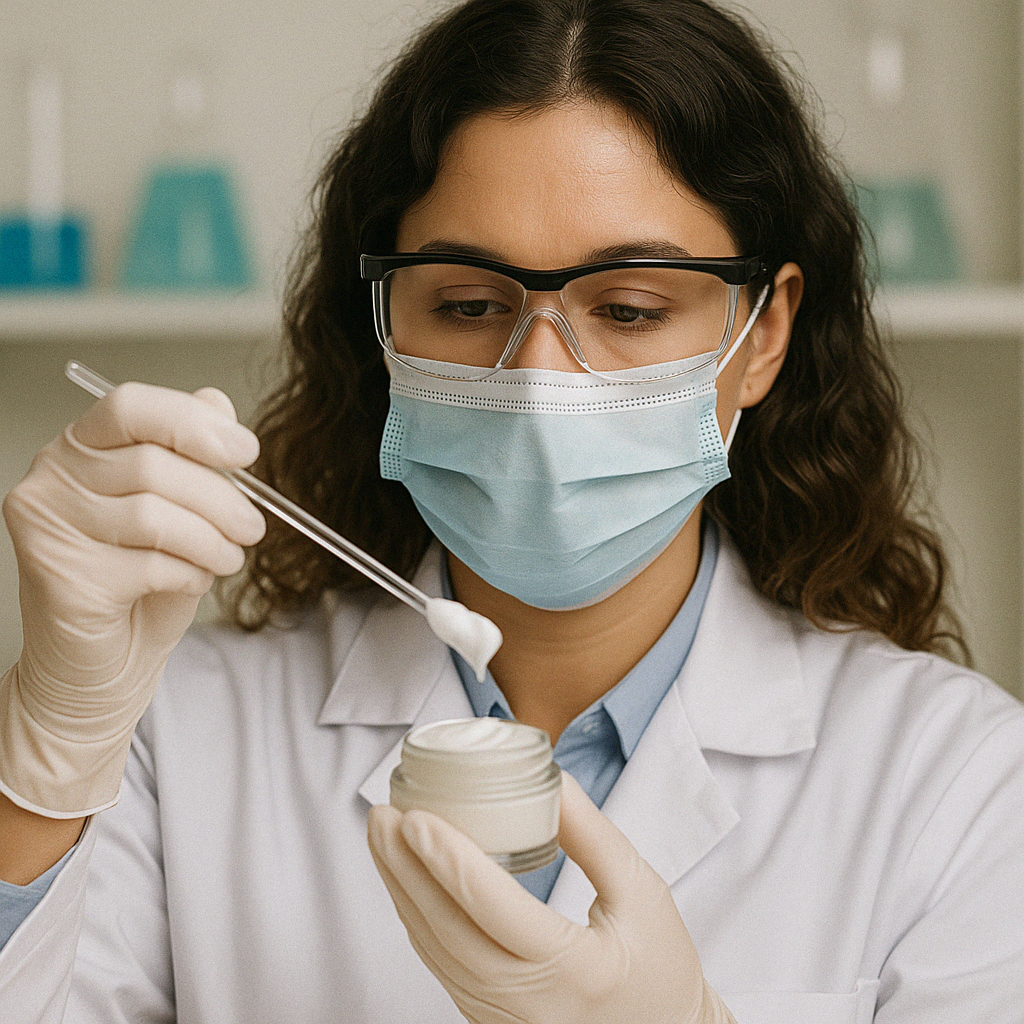
For Chemists: Formulation-Ready Innovation
- Enhanced Active Stability
Protect sensitive ingredients from degradation caused by light, oxygen, or temperature fluctuations. HydroSal® forms a polymeric shell around actives, preserving potency and extending product shelf life.
- Controlled, Sustained Release
Ensure actives are released gradually—at the right time, in the right place. This minimizes initial irritation and maximizes long-term benefits, allowing lower usage levels without compromising results.
- Improved Skin Residence Time
Encapsulation increases the contact time of actives on the skin surface, allowing deeper performance and better measurable outcomes.
- Broad Compatibility
Suitable for both hydrophilic and lipophilic ingredients, HydroSal® allows flexible formulation across a wide range of actives—from niacinamide to retinol to botanical extracts.
- Versatile Format
Seamlessly integrates into serums, lotions, creams, masks, and other water-based systems. Formulators can deliver consistent, high-quality performance across multiple product types.
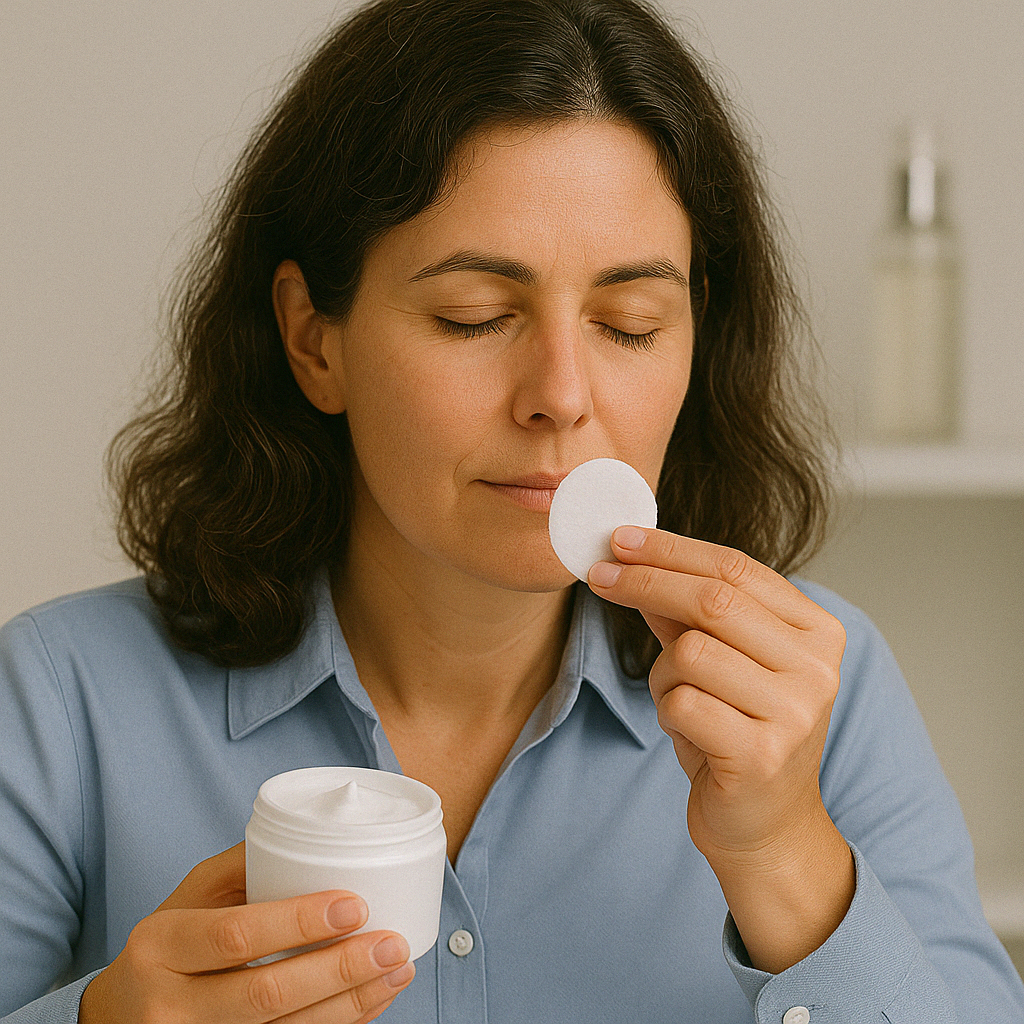
For Brand & Product Development Teams: A Differentiator That Delivers
- Reduced Irritation = Better Consumer Tolerability
By buffering actives from immediate skin contact, HydroSal® helps reduce irritation—especially with strong actives like acids, retinoids, or benzoyl peroxide.
- Engaging Sensory Experience
The “burst-on-application” sensation provides a luxurious, tactile cue of effectiveness—enhancing consumer perception and brand loyalty.
- Storytelling Power
Highlight “smart-release technology” and “clinically inspired delivery systems” to create compelling product narratives that resonate with ingredient-savvy consumers.
- Market-Ready Innovation
HydroSal® isn’t just formulation science—it’s a proven marketing asset. Use it to boost credibility, support claims, and position your product as a next-generation skincare solution.

